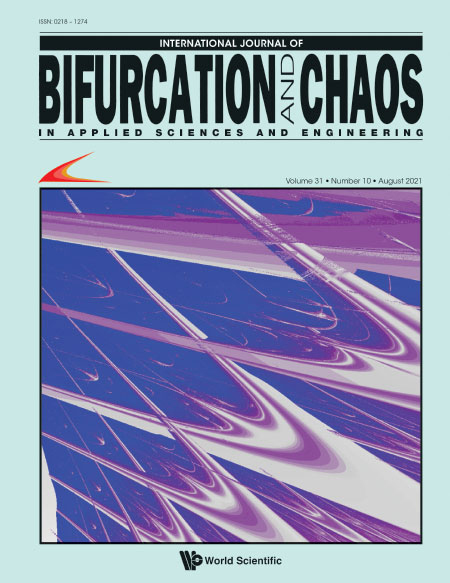Torus-Breakdown Near a Heteroclinic Attractor: A Case Study
Abstract
There are few explicit examples in the literature of vector fields exhibiting observable chaos that may be proved analytically. This paper reports numerical experiments performed for an explicit two-parameter family of 𝕊𝕆(2)⊕ℤ2-symmetric vector fields whose organizing center exhibits an attracting heteroclinic network linking two saddle-foci. Each vector field in the family is the restriction to 𝕊3 of a polynomial vector field in ℝ4. We investigate global bifurcations due to symmetry-breaking and we detect strange attractors via a mechanism called Torus-Breakdown. We explain how an attracting torus gets destroyed by following the changes in the unstable manifold of a saddle-focus.
Although a complete understanding of the corresponding bifurcation diagram and the mechanisms underlying the dynamical changes is out of reach, we uncover complex patterns for the symmetric family under analysis, using a combination of theoretical tools and computer simulations. This article suggests a route to obtain rotational horseshoes and strange attractors; additionally, we make an attempt to elucidate some of the bifurcations involved in an Arnold tongue.



